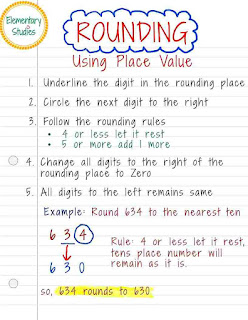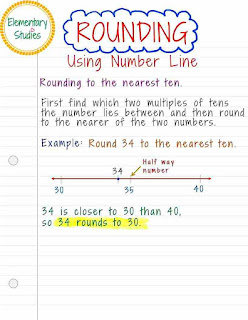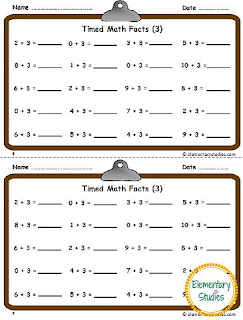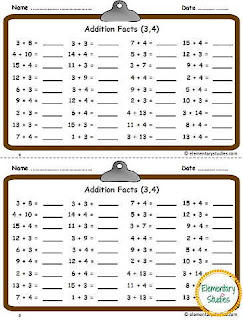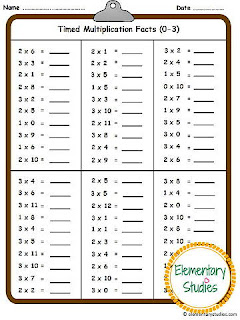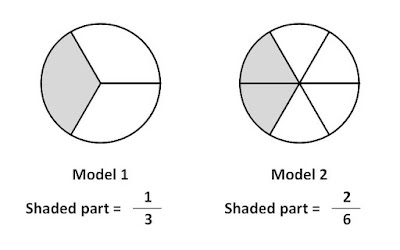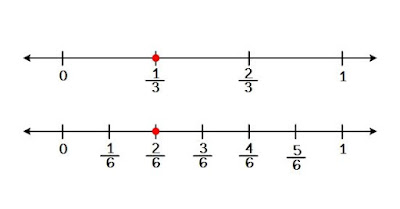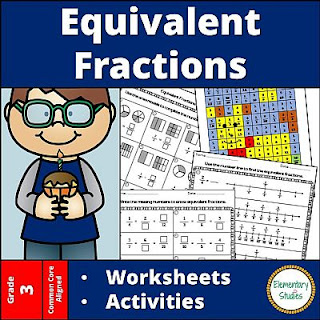Area and Perimeter is an interesting topic for kids. I love it when they can relate to the real-world situations like putting a fence around the garden or laying grass in it.
This packet is already available in my store but I'm a little behind on updating it on my blog. I have been a busy bee of late 😊.
The topic begins with introducing Area and Perimeter. You may start with either of the two, but I prefer introducing Perimeter first and then Area. Later, I mix it up for them to practice.
Perimeter:
Perimeter is the distance Around outside of a figure.Area:
Area is the number of square units needed to Cover the region inside the figure.
Check out what’s included in my beginner’s worksheets and activities pack to learn and practice the concept of Area and Perimeter.
- Measuring Perimeter
- Measuring Area
- Area Estimation
- Area using Distributive Property
- Perimeter Word Problems
- Area Word Problems
- Area and Perimeter Review
- School Carnival activity for real-world application
- Town Planning activity for a project
You can grab this area and perimeter resource from my store HERE.
Happy Teaching!
Shimps













